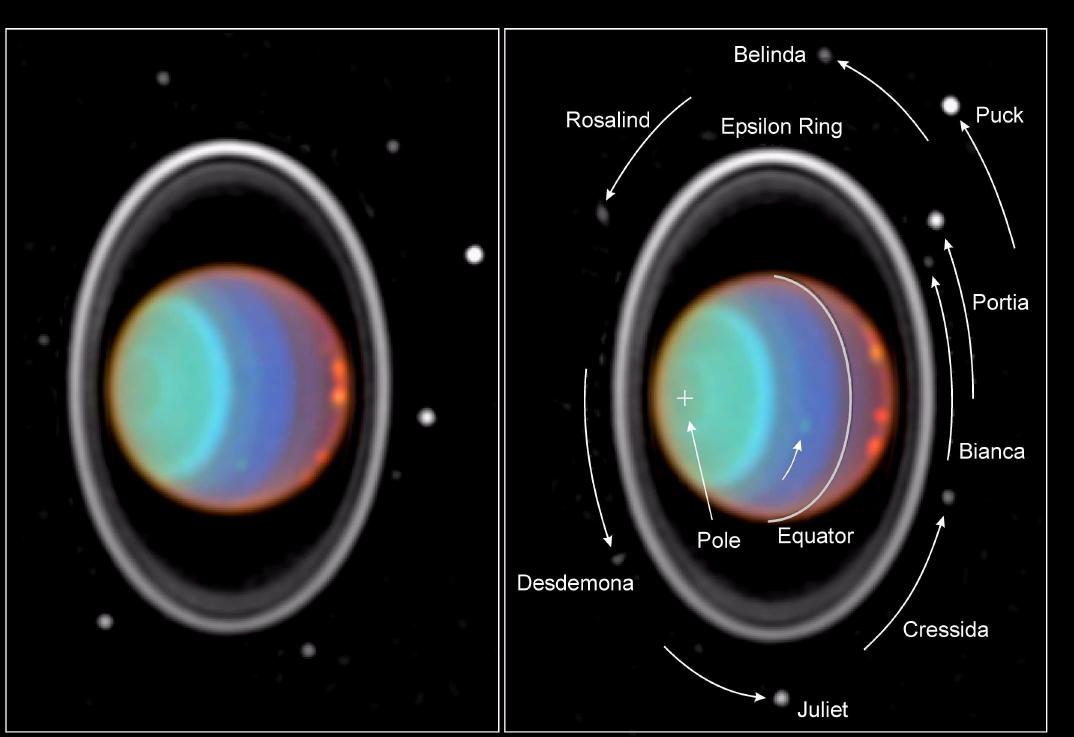[/caption]
Thousands of years ago, ancient civilizations turned to the heavens, marveling at their wonders. These ancient people worshipped various gods and often linked their gods with planets in the sky, which they considered to be “wandering stars.”
Mercury gets its name from the winged messenger of the gods. He was also the god of thievery, commerce, and travel. Most likely, the planet got its name from the rate at which it spins.
Venus was the Roman goddess of love and beauty, so it is a fitting name for this brightly shining planet. The only objects in our Solar System brighter than Venus are the Sun and the Moon. Ancient civilizations thought that Venus was two different objects – the Morning Star and the Evening Star. Other civilizations have also associated the planet with love. The Babylonians called the planet Ishtar after their goddess of womanhood and love.
Earth is the only planet not named after a Roman god or goddess, but it is associated with the goddess Terra Mater (Gaea to the Greeks). In mythology, she was the first goddess on Earth and the mother of Uranus. The name Earth comes from Old English and Germanic. It is derived from “eor(th)e” and “ertha,” which mean “ground.” Other civilizations all over the world also developed terms for our planet.
Mars is named after the Roman god of war. The planet got its name from the fact that it is the color of blood. Other civilizations also named the planets for its red color.
Jupiter was the Roman king of the gods. Considering that Jupiter is the largest planet in our Solar System, it makes sense that the planet was named after the most important god.
Saturn was named after the Roman god of agriculture and harvest. While the planet may have gotten its name from its golden color, like a field of wheat, it also had to do with its position in the sky. According to mythology, the god Saturn stole the position of king of the gods from his father Uranus. The throne was then stolen by Jupiter.
Uranus was not discovered until the 1800’s, but the astronomers in that time period continued the tradition of naming planets after Roman gods. In mythology, Uranus was the father of Saturn and was at one time the king of the gods.
While Neptune almost ended up being named after one of the astronomers credited with discovering it – Verrier – that was greatly disputed, so it was named after the god of the sea. The name was probably inspired by its blue color.
Pluto is no longer a planet, but it used to be. The dark, cold, former planet was named after the god of the underworld. The first two letters of Pluto are also the initials of the man who predicted its existence, Percival Lowell.
Universe Today has articles on names of the planets and all the planets.
For more information on the planets check out all about the planets and mythology of the planets.
Astronomy Cast has episodes on all the planets including Saturn.






